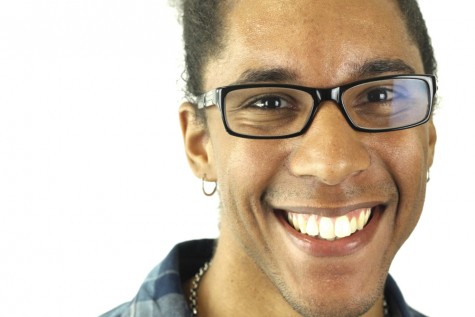Eastern continues recruitment efforts
April 27, 2015
In the past few years, Eastern’s enrollment has been on a steady decline; however, that has not stopped the institution from continuing their recruitment tactics with new initiatives.
Rita Pearson, the assistant director of admissions, said one of the programs Eastern is using to help with both recruitment and retention is the LIFE Center.
Literacy in Financial Education Center is a way to assist students with choosing a major, student loan debt and post graduation, as well as understanding the different types of debt.
“We have support here for our students,” Pearson said.
Pearson said the center could help with many life skills also not directly related to education like leasing and buying a car and even preparing to live alone.
She said another aspect that has recently begun is when the university is in the midst of getting a new student, they have current students call the prospective ones to chat asking them if they need any assistance with their process.
Currently, Eastern has an estimated 4,985 students coming in to the university for the fall semester, according to the data of Tom Glenn, the associate director of admissions. Of the estimated students coming in, 685 are transfers and 4,300 are freshmen. While the transfer number is down from last year’s 753 students, in total Eastern is expecting 5 more students.
Pearson said Eastern is starting to bounce back and is hopeful for the enrollment to go up, but enrollment is not only affecting Eastern, but also other universities and college campuses statewide.
“Enrollment is down at those institutions too,” Pearson said. “There’s less students in the (selection) pool.”
Pearson said because of the way the economics are in the state less and less students are going to college. She said high schools are graduating fewer students, not allowing for larger selection of community college picks, which leads to less students transferring into the larger institutions.
Another issue facing colleges are articles relating to success students can have without going to college, which under some instances, Pearson disagrees with the idea. She said the perception that students can do well today without a college education is in the minority.
“Most high-paying jobs still require some sort of training and degree,” Pearson said.
Pearson said once a student reaches adulthood, they sometimes realize they should have gotten a college degree and attempt to re-enter the educational cycle.
“Students who get higher degrees make more money—that’s a fact,” Pearson said.
When it comes to transfer students, the process for them is essentially eight-steps, Pearson said.
The process begins once a student registers for classes and goes through transfer orientation, meet advisors and submit final transcripts from community college.
Roberto Hodge can be reached at 581-2812 or [email protected].
















































